The formal establishment of the Association of Southeast Asian Nations (ASEAN) Community a year ago has recently made significant steps in the bloc’s development process.
The implementation of ASEAN Community Vision 2025 in 2016 has brought about positive outcomes, but many challenges still lie ahead.
Initial outcomes
The head of the Vietnamese delegation to ASEAN, Ambassador Nguyen Hoanh Nam said the deployment of master plans of politics-security, economics, and culture-society has made positive progress.
He noted that 140 out of the 290 actions for the ASEAN Political-Security Community (APSC) Blueprint 2025 have been carried out while socio-cultural-economic matters have reaped productive outcomes.
Regarding external relations, in 2016, ASEAN held a special summit with the US, and commemorative summits with Russia and China, during which important statements and blueprints for bilateral cooperation in the future were adopted.
Additionally, ASEAN has continued establishing collaborative ties with new partners such as granting a Sectoral Dialogue Partner status to Switzerland and a Development Partner status to Germany, while expanding the Treaty on Amity and Cooperation (TAC) for a number of involved parties like Chile, Egypt, Iran and Morocco.
In 2016, ASEAN wrote two crucial documents, including the Master Plan on ASEAN Connectivity 2025 (MPAC) and the Initiative for ASEAN Integration (IAI) for the third phrase, which were adopted at the 28th ASEAN Summit.
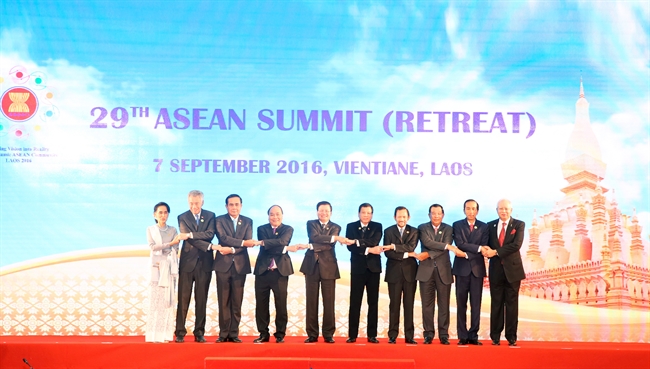 After one year of the establishment of the ASEAN Community, the implementation of defense-security, economics and culture – society
After one year of the establishment of the ASEAN Community, the implementation of defense-security, economics and culture – society
has had positive movements. In the photo: Leaders of ASEAN member countries pose for a photograph
at the 29th ASEAN Summit in Laos. Photo: Thong Nhat/VNA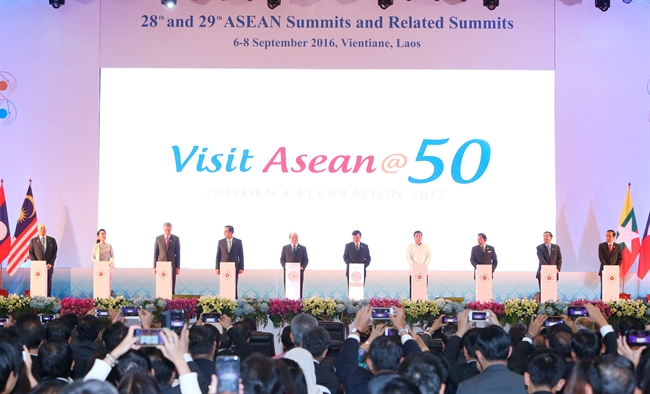
Heads of delegations from ASEAN member countries attend a ceremony to kick off “Visit ASEAN@50: Golden Celebration” campaign
during the 28th and 29th ASEAN Summits in Laos. Photo: Thong Nhat/VNA
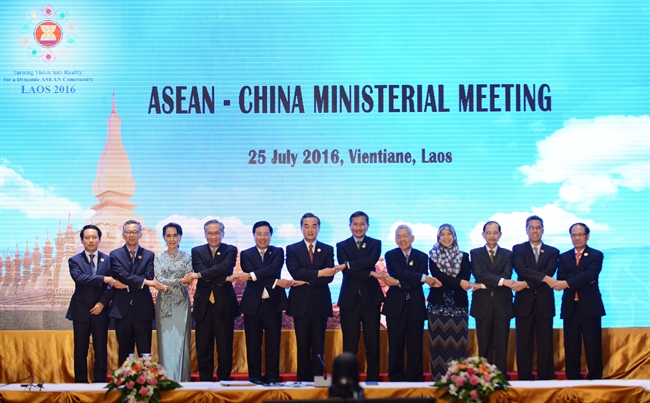
In 2016, within the frameworks of the ASEAN – China Ministerial Meeting in Laos,
the two sides announced the ASEAN - China joint statement on full and effective implementation of DOC. photo: Xinhua/VNA
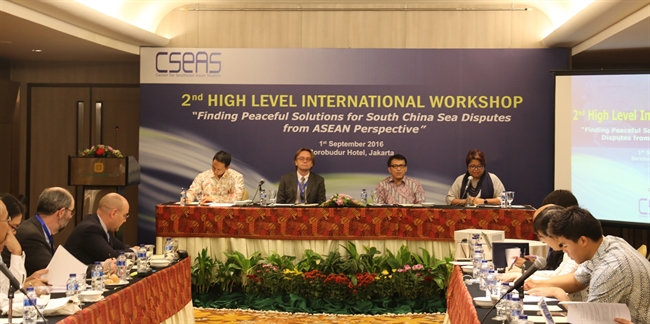
Peace and stability in the East Sea are top concerns of ASEAN member countries.
In the photo: The 2nd High-Level International Workshop “Finding peaceful solutions
for South China Sea Disputes from an ASEAN Perspective”
in Indonesia. Photo: Do Quyen/VNA
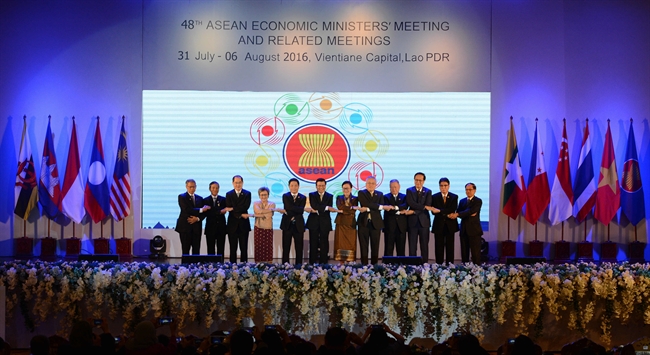
The 48th ASEAN Economic Ministers’ Meeting in Laos. Photo: Xinhua/VNA

The 4th Meeting of Governors and Mayors of ASEAN Capitals in Laos, focusing on the commitments
and responsibilities of ASEAN capital cities towards an integrated association. Photo: Pham Kien/VNA
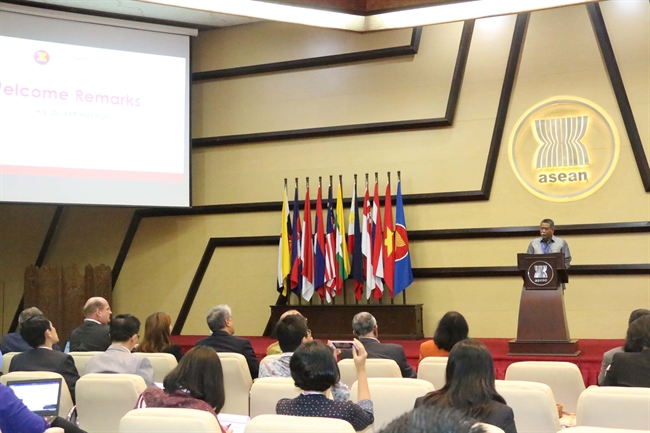
The ASEAN Secretariat organises a workshop to provide more information about ASEAN to partners. Photo: Do Quyen/VNA
Difficulties and challenges
Nevertheless, in the new development period, ASEAN is encountering numerous difficulties and challenges from both inside and outside the bloc.
The primary internal setback is to ensure effective operation of an ASEAN apparatus in increasing connectivity and cooperation among member states and with foreign partners, especially in coping with challenges in the new situation. The coordination between agencies in implementing programs to build the ASEAN Community should be closer, especially in interdisciplinary fields.
Limited financial resources for carrying out cooperative projects poses problems.
According to Ambassador Nguyen Hoanh Nam, the ASEAN member countries are seeking appropriate measures to deal with the aforesaid problems such as facilitating trade, investment, labour, transport and connectivity to bring pragmatic benefits for regional people.
Current international issues, ranging from non-traditional and traditional security matters to protectionism, multinational disputes, and complicated developments in the East Sea are challenging ASEAN.
Therefore, it is significant for the member countries to strengthen solidarity and promote the central role of the bloc to increase its position and contribute to the maintenance of peace, stability, security and development in the region.
Vietnam’s contributions
Vietnam’s contributions to ASEAN’s development in the past have been recognised by other member states.
As an active, proactive and responsible member of ASEAN, Vietnam will be continuously coordinating with other countries to build the ASEAN Community in the three pillars as well as realise initiatives on forging connectivity and narrowing development gaps, which were approved by ASEAN senior officials at the recent 28th-29th ASEAN Summits in Laos, and fully implement Vietnam’s commitments in the field.
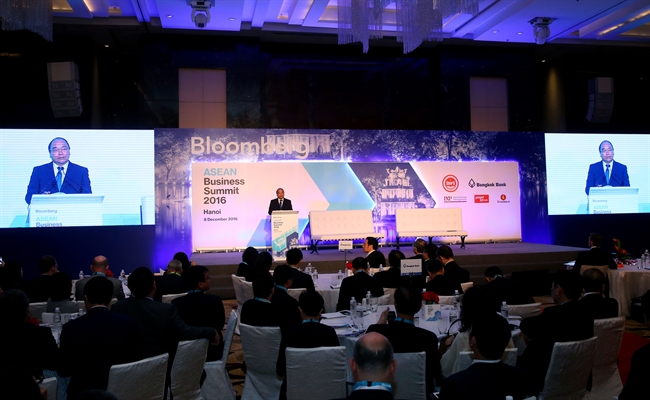 Prime Minister Nguyen Xuan Phuc attends the Bloomberg ASEAN Business Summit 2016 in Hanoi. Photo: Thong Nhat/VNA
Prime Minister Nguyen Xuan Phuc attends the Bloomberg ASEAN Business Summit 2016 in Hanoi. Photo: Thong Nhat/VNA
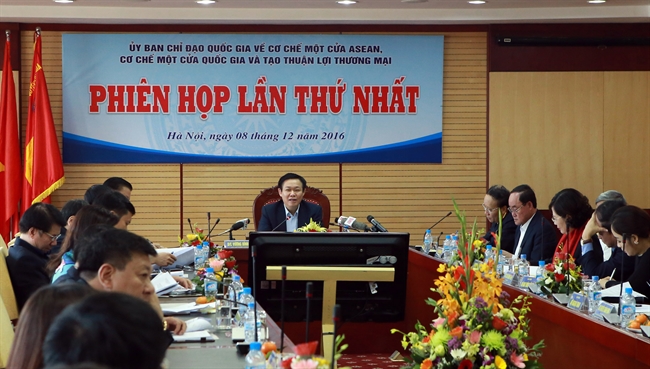
Deputy Prime Minister Vuong Dinh Hue chairs the first meeting of the national steering committee on the ASEAN
and National One-Stop-Shop (OSS) Customs Mechanism and Trade Facilitation. Photo: Hoang Hung/VNA
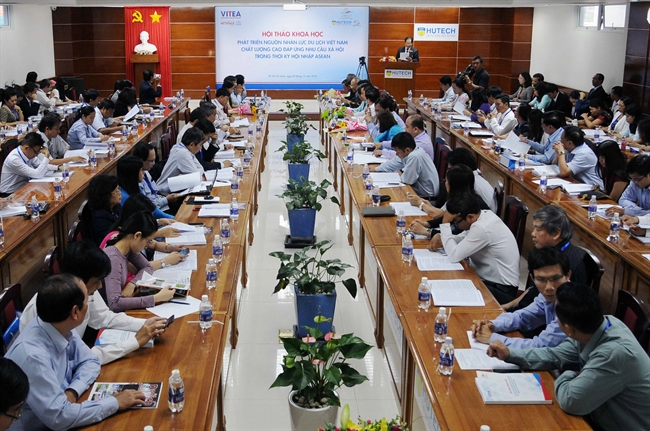
A workshop on development of tourism’s high quality human resources in Vietnam
to meet the demand of society during the integration period into ASEAN. Photo: An Hieu/VNA
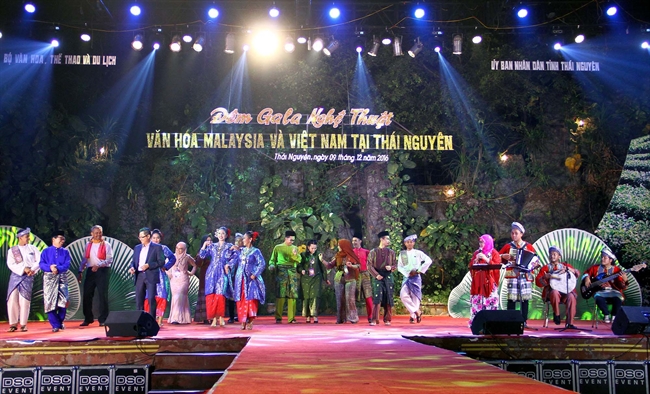
An artistic performance “Malaysia, Indonesia and Vietnam’s cultural week 2016”. Photo: Thu Hang/VNA
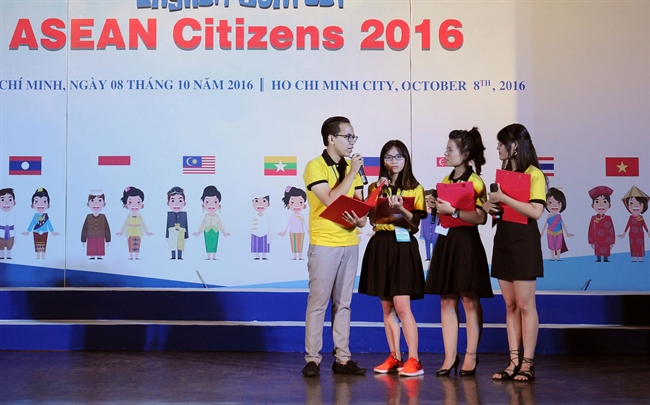
The final round of an English contest “ASEAN citizens 2016” in Ho Chi Minh City. Photo: An Hieu/VNA
Vietnam will partner with other ASEAN countries, including the Philippines – ASEAN Chair 2017, for activities celebrating the 50th anniversary of the bloc next year.
Ambassador Nguyen Hoanh Nam affirmed that Vietnam will spare no effort to maintain solidarity and promote the central role of ASEAN in tackling regional challenges to maintain peace, security and further deepen the relations between ASEAN and external partners.
Vietnam is determined to fulfill the role as the coordinating country of ASEAN-India and ASEAN-Pacific Alliance relations and Chair of the IAI Working Group in 2017, he added.
By VNA/VNP